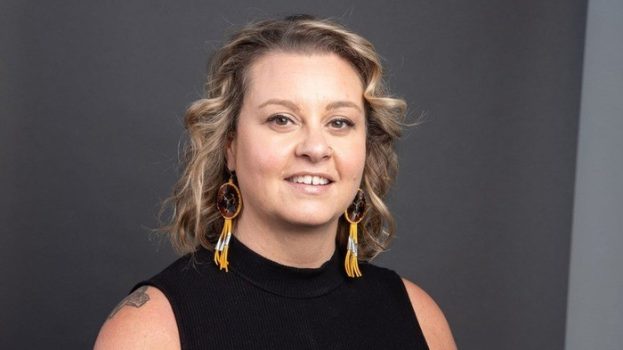What brands need to be sensitive to as the country rethinks Canada Day
In past years, Canada Day has been a staple of marketing calendars for brands operating here. But the question of what exactly is being celebrated has come up more and more over the years, especially as the Truth and Reconciliation Commission has released its findings, or knowledge of residential schools and missing and murdered Indigenous women has become more well-known outside of Indigenous communities. Those questions got their loudest this year, as the weeks ahead of Canada Day brought the discovery of children’s remains at the sites of several former residential school sites.
“For brands, it’s important to recognize the underlying tension around Canada Day,” wrote We Are Social’s managing director Coby Shuman, who examined how those questions have risen over the years and how brands should behave amid calls to cancel. His recommendation: do not pursue anything celebratory, plain and simple. But for brands that wanted to be more involved, and show they were committed to the goals of reconciliation, he also offered some advice on how to best be an ally and amplify the voices of communities who needed it most.
The masks of an Asian Canadian in advertising
Carson Kwok, a Vancouver-based account supervisor and photographer who has worked for the likes of Viral Nation, Cold Tea and Cossette, wrote that he has never felt direct discrimination in his career, something that was in stark contrast to other BIPOC. But looking at the numbers of Asian Canadians in senior and executive roles, there was clearly something amiss.
Kwok looked at the idea of “cultural fit” and how that was an inherently problematic concept for hiring or promotions if someone is coming from a different cultural context. It results in many people, particularly Asian Canadians, wearing a “mask” in the workplace, which is a barrier for advancement and success. After all, how can you be expected to be your best if you can’t truly be yourself?
Your brief is a joke
Trevor Thomas, head of strategy at Bleublancrouge Toronto, took a cue from the world of comedy when it comes to crafting a good brief. After all, when both are structured properly, they have a lot of similarities.
“The basic foundations couldn’t be more simple: premise, punch-line,” Thomas wrote. “Some of the best jokes ever written add nothing more to this basic formula. Others, however, fill in the space between with context, colour, and intrigue…Briefs are similar. At their core, they’re composed of a problem to solve and a key message, but generally contain more context in between.”
How to keep working moms from leaving advertising and marketing
With the pandemic proving to be a big setback to the progress of gender equity in the workplace, BBDO’s Rebecca Flaman illustrated just how much pressure was being put on working mothers.
“Conversations were beginning to happen, articles written, statistics on the impact COVID was having on working mothers were beginning to emerge. It was looking bleak,” she wrote. “During my very first Zoom onboarding with my new CEO, I had two young children crawling all over me, shooting cap guns and holding up drawings of cats. It was a circus. I was struggling to remain composed.”
But she also looked at the silver lining – the pandemic highlighted the exact areas where more work needed to be done. And one big thing she told leaders to keep in mind: this is a people business, so lead with empathy.
The design trade-off between innovation and familiarity
John Bradley and Carrie Bradley’s first column of the year took a hard look at a bunch of new and redesigned logos brand had recently unveiled – perhaps even a hard look than they had themselves.
By looking at the likes of Burger King, GM, Kia and Pfizer – who had debuted new looks to differing levels of praise and derision – the pair dove into an age-old question: is it better for a redesigned logo be an up-to-date exposition of what the brand currently stands for in the minds of its consumers, or does it have a role to play in changing those perceptions from what they are now to what the brand owner would like them to be?
























